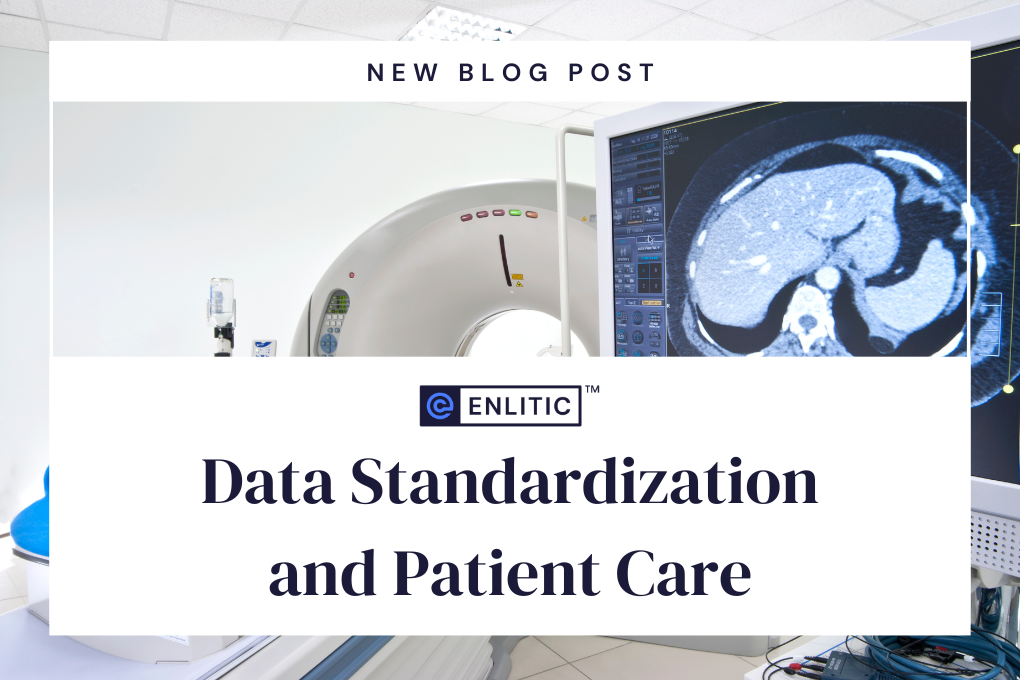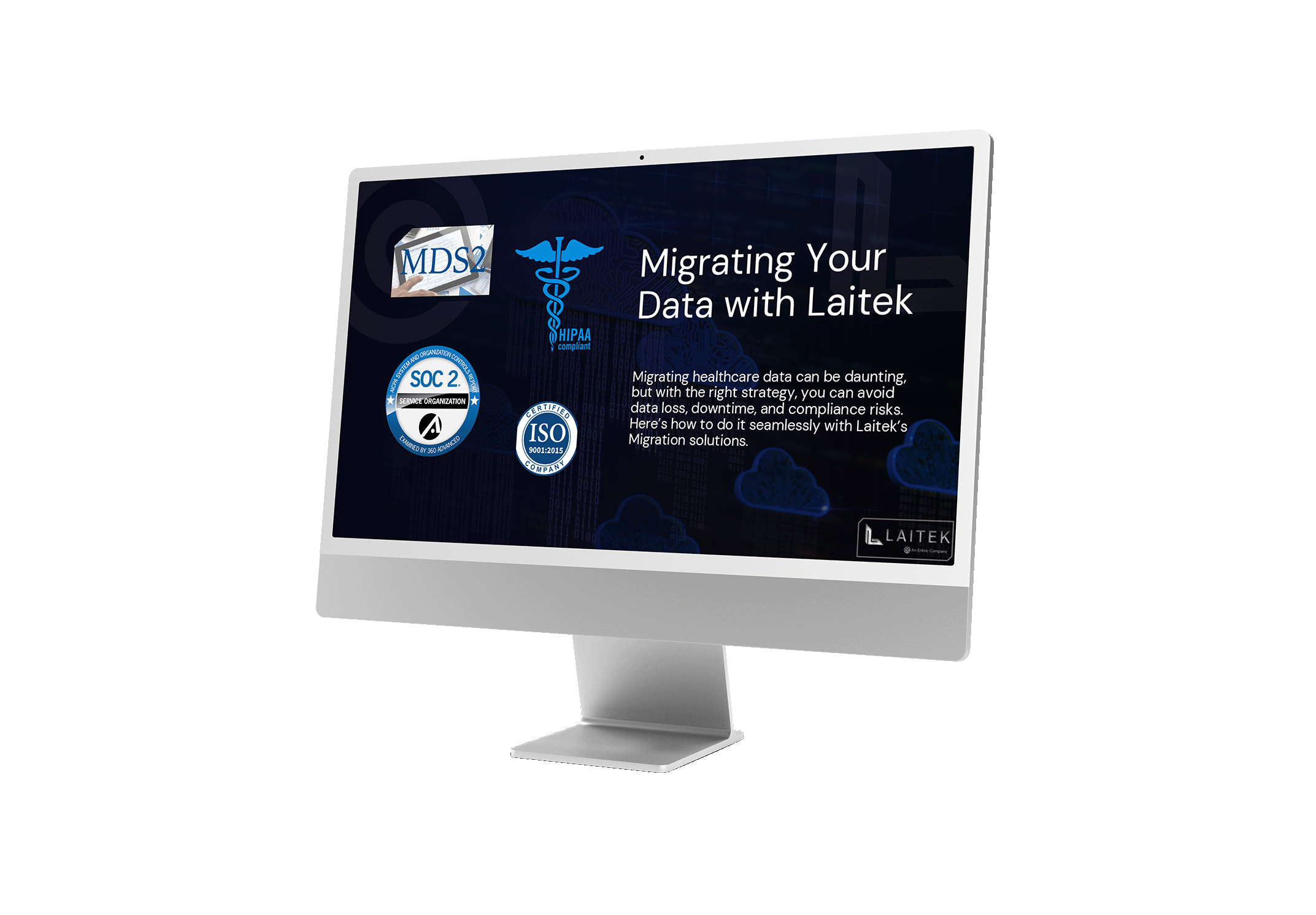Patients at Hospitals with Standardized Imaging Data Receive Excellent Health Care Results
As a patient, I know that not every issue can be diagnosed immediately. Often health issues develop over time resulting in many different diagnostic studies required before a conclusive diagnosis can be made. I can be sent to distinct locations for tests. As a result, my diagnostic exams may be labelled differently.
Standardization of patient data is a crucial aspect of healthcare. It plays a pivotal role in ensuring consistent care delivery to patients and benefits healthcare providers by making their practices more efficient. But it also benefits patients. Enhancing the quality of care, and improving patient outcomes, standardization leads to better patient satisfaction.
Consistency
Through standardization of imaging data, the risk of error is reduced as standardized data is more readily consumed by the physician and more easily understood, resulting in consistent outcomes and treatment from all healthcare settings. It also promotes the use of best practices across the healthcare industry, which in turn improves the quality of data and leads to better patient outcomes. For instance, standardization in medical imaging ensures that diagnostic exams are labelled consistently, thereby simplifying the reporting process, and freeing up time for radiologists to focus on images and not preparation, reducing the risk of misdiagnosis, which could have devastating consequences for patients.
Documentation Practices
Standardization of imaging data can enhance data quality by:
- Providing consistent labeling.
- Improving the accessibility to different healthcare providers
With the help of standardization software like ENDEX™, healthcare providers can access patient records from different healthcare settings, making it easier to monitor patient progress and provide optimal care. My physician can find my recent study and any relevant studies to help explain what is happening with my health. Standardization in labeling also ensures that healthcare providers have access to relevant patient information, which is critical in making informed decisions about patient care.
Efficiency
By standardizing the imaging data, providers can minimize the time and resources spent on repetitive tasks, leaving healthcare providers with more time to focus on improving patient care.
- Smoother operations
- More efficient reporting processes
Standardization ensures the most efficient patient outcomes.
Data Quality
Standardization software provides clear and concise information about patients and their studies. By standardizing medical images, incorrect data entries can be prevented, such as:
- CT Brain vs. CT Brian type spelling mistakes
- Laterality issues where right and Left are mislabelled
- “Null” values for missing or unlabeled images
Overall, standardization of medical images is critical in healthcare as it ensures that healthcare providers deliver consistent, high-quality care to patients. By standardizing imaging data, providers can improve patient outcomes, enhance documentation practices, and streamline healthcare processes. Based on case studies, standardization in general hospitals has shown positive results by providing a common framework and clear understanding among all departments within the hospital walls.








